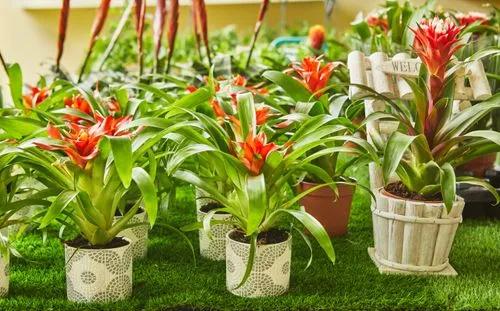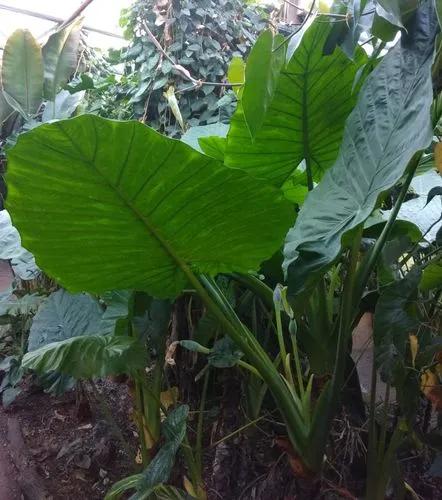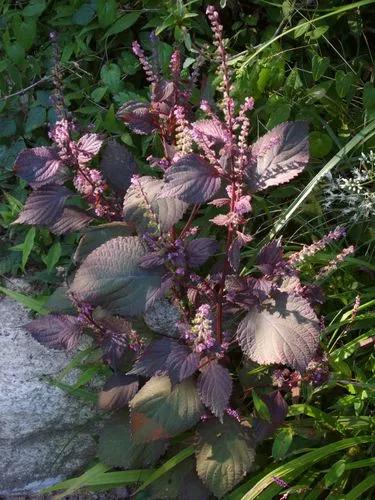“Elephant ears” is the common name for a group of tropical perennial plants grown for their large, heart-shaped leaves. Most of these herbaceous species in the arum or aroid family (Araceae) that are offered as ornamentals belong to the genera Colocasia, Alocasia, and Xanthosoma, although there are others that have similar appearance and growth habits.
Jurassic Elephant Ears Care
Alocasia Macrorrhizos



Invasive in Southeast Asia.
How to Care for the Plant

Water

Elephant ears are water-loving plants. They need at least moist, organically rich soil, but constantly moist soil is preferable, especially in warm months. You can decrease your watering schedule for the plants in winter, when they don't need as much water as they do other times of the year.

Pruning

Cutting back an elephant ear is easy, but timing and good pruning habits are essential to maintain a healthy, thriving plant for years. Cut back an elephant ear plant two or three days after the first killing frost when the foliage turns brown.

Fertilizer

All elephant ear varieties are considered heavy-feeders, requiring rich, fertile, slightly acidic soil. Fertilize your plants once a month with a slow-release, water-soluble 20-20-20 fertilizer. Alternately, Burpee recommends top dressing with organic compost.

Sunlight

Full sun is not ideal for most—they grow best in bright but indirect sunlight. Too much sunlight can burn the leaves, while too little sunlight can cause yellowing.

Soil

Elephant ears need rich soil that is moist (not saturated), but well-drained. Most don't like wet feet, though a few are tolerant of wet conditions—like the big-leaved colocasias you might see in water gardens.

Temperature

Elephant ears will only truly thrive in warmer areas similar to their native humid climates of Southeast Asia, and with daytime temperatures of 70 to 85F, and nights no lower than 60F. They can be grown in cooler areas, but will need to be replanted each year.

Container

Choose a container that's at least 18 inches wide and 16 inches deep for Colocasia varieties, or 36 inches wide for the larger Alocasia varieties. ...
The container should be made of a nonporous material, such as plastic, fiberglass or glazed clay, rather than plain terra cotta.
Additional

Alocasia is a very poisonous plant; the leaves contain insoluble oxalate crystals. A human or pet chewing or biting into a leaf releases the crystals which can cause swelling and irritation of the mouth and GI tract.

Popularity

142 people already have this plant 63 people have added this plant to their wishlists
Discover more plants with the list below
Popular articles






